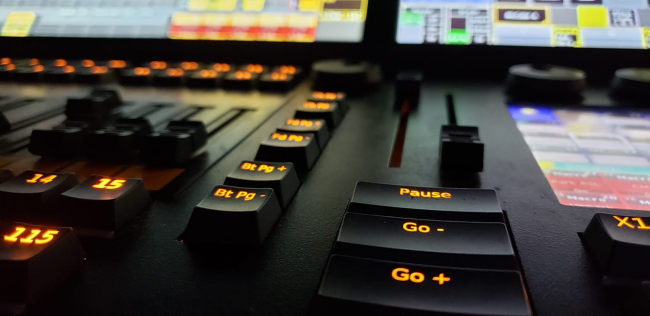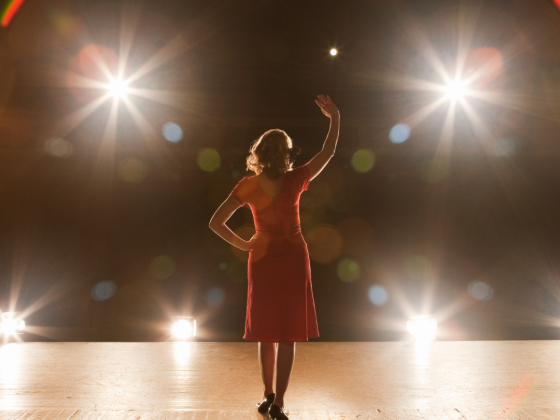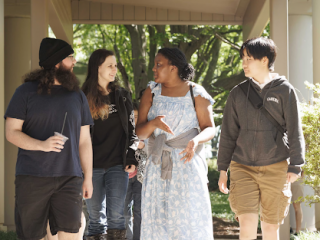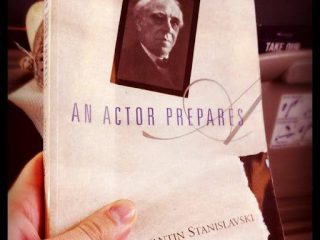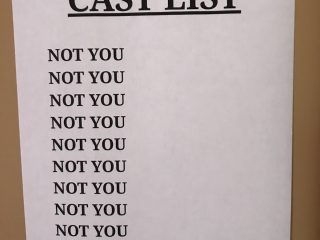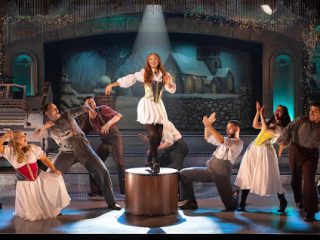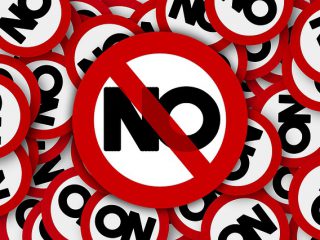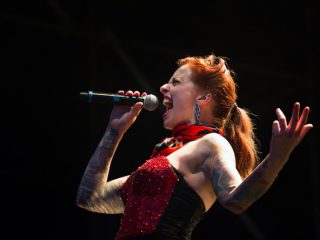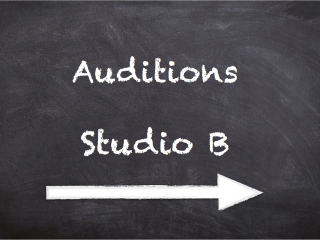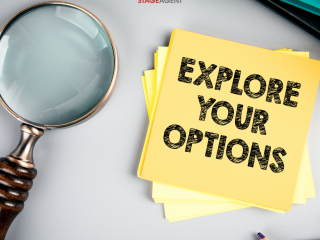Welcome back to the second instalment of our new series So You Want To Be a Theatre Technician! This week, I am thrilled to sit down with one of the kindest and hardest working technicians I know, Shaun Ellis.
Shaun has worked all over the world, programming and operating lighting consoles in many a theatre; from the West End to the circus, from panto land to cruise ships, and he has generously offered up his time to answer our questions today.
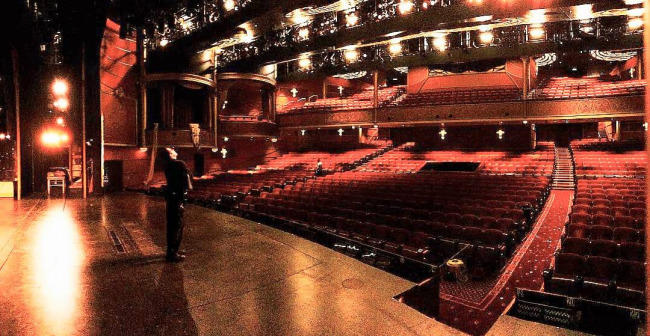
Q: Thank you so much for doing this! First, can you explain exactly what a lighting technician does?
SE: For a true lighting technician, the main responsibilities are maintaining the lights in the theatre and keeping the show looking true to its original design. There are two different types of lighting fixtures, intelligent and conventionals/generics (moving and non-moving), so maintaining all of those, and knowing how one manufacturer works to another as they’re all different. Sometimes, you’re required to operate the lighting console for shows or do the follow spots, and bigger productions will often have a lighting technician on stage during the performance to set electrics as things come on and off stage or to troubleshoot problems that arise.
Q: What is the difference between a lighting technician, a lighting programmer, and a lighting designer?
SE: In the top end shows, the designer creates the plan and the look of where all the lighting fixtures go for that particular production. Before the show goes into a venue, there needs to be a plan (or plot) of all the flying bars in the theatre. For example, the designer might say “I want 6 spotlights on there in these positions on the bar” so when we get to the venue, the lighting techs know where to put the fixtures. So, they will get together with a draft’s person (who creates the digital version) and produce that plan.
Now, let’s jump ahead and assume the show is ready for tech. The designer will then sit next to the lighting programmer and make the show look as it would in the end; “I want a green light here, red light here etc.” The programmer is the one to actually input the information into the software. The bigger the show, the more people involved, so it is possible to have 3 or even 4 programmers for one designer.
The lighting tech is more hands on and takes the plan to reality by making it work; putting the lights in the theatre, connecting them to power, DMX and all that. They’re also the ones who will keep the show up and running when the designer and programmer have left, be it backstage or by operating the console.
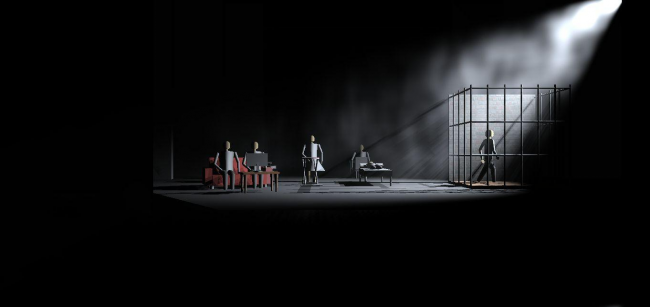
Q: And where in these categories do you fall?
SE: I would say I am probably more of a production electrician (that’s what we tend to call lighting techs in the UK) and a lighting programmer. When I left uni, all I wanted to do was lighting design and I still do a bit of it, but I like solving problems and troubleshooting so a lot of my work lately has been more on the tech/programming side of things.
Q: How did you get your start working in theatrical lighting?
SE: My interest in lighting started when I was 16 or 17, when I helped an outside company do our yearly school show. From there, I went on and studied Lighting Design and Practice for two years in Wimbledon at University of the Arts London. I think we were the last ones to do the course before it got shut down in 2012. Because there were only two years in our program, we worked a lot together and one of the students in the year above me eventually got a job as the head of lighting for Dreamboats and Petticoats at the Playhouse Theatre and he asked if I wanted to be his deputy which is how I got on the West End before I left uni, which is pretty cool. I wouldn’t say you have to go to university because a lot of what I know, I didn’t learn at school, but by actually doing it and making the mistakes. But it definitely got me some contacts.
Q: Have you learned any other technical skills for the jobs you’ve had so far?
SE: Yes, I’ve had to learn a lot about computer networks to stay up to date with how everything talks to each other; lighting, sound, video, pyro. These days, everything is connected via networks which allows shows to be more intricate and complicated. When I worked for Disney Cruise Line, there was a lot of video, projectors, and screens. I did some special effects and pyrotechnics as well; they had small pyros they used during their production shows and a big firework display outside so I was in charge of that. But I learned to do all of that on the job.
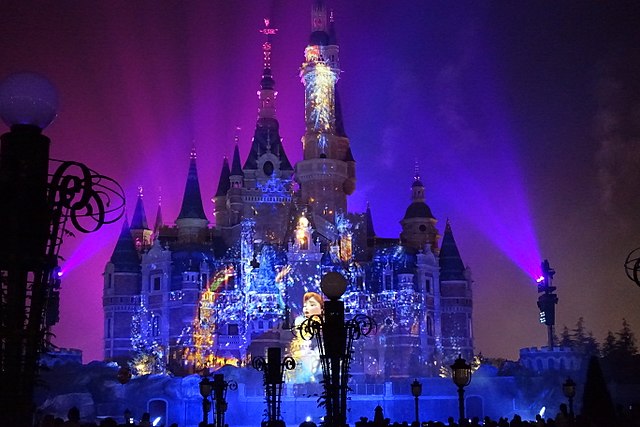
(Jeremy Thompson CC BY 2.0)
Q: What current West End shows stand out to you for lighting at the moment?
SE: I’m a fan of Back to the Future at the moment. I also saw Moulin Rouge last week and that is up there as well. Everybody has their own style of lighting. Think of it as handwriting; you and I could write the same sentence and it would say the exact same thing but it would look completely different. We could light the same thing but we’d make different choices as to how we got there. For example: one of my things, I guess I’ve taken this from the people who’ve influenced me, is to rarely use more than two colours in one cue.
Q: What different companies/manufacturers do you need to familiarize yourself with to be on top of things should you want to be a programmer?
SE: When shows are up and running, it’s very hard to know what console was used by looking at it. So, at the end of the day, it doesn’t really matter as they all work in very similar ways. And you learn by using them. The big ones are Grand MA, Avolites and ETC. Then, each one of those companies has a sub-console range underneath (different versions of the consoles within each company). In an ideal world, a programmer will be versed in all three. That’s not necessarily expected in the industry because you could probably figure it out if you hadn’t used it before but if you have the time, definitely learn at least one of the three. Most of the companies have an offline version of their software that you can put on your computer. It’s exactly like using their actual console so you can learn it without having to buy or rent, which can be expensive. I have all three so if someone tells me I’m doing a show with a specific program, I can go back on my laptop and refresh my memory of how it works.
Q: If you could be a different kind of theatrical technician, what would you be?
SE: Video. It’s my second strongest because it’s very similar. It’s all to do with light and colour, but instead of coming out of a lighting fixture it’s coming out of a projector. I was actually recently on a video team in a new theatre opening a few new shows; basically doing the “lighting tech” job we talked about earlier, but for video. I was there to make the idea work and did a bit of programming as well.
Q: Do you have any advice for those wanting to start a career in lighting?
SE: Be open to different jobs. When I came out of uni, all I wanted to do was lighting design but there’s so much more out there. I turned down a couple of jobs because that was all I wanted to do, but who knows where I would have ended up had I done those? Maybe the exact same place, maybe not. But be open, say yes to everything and don’t sell yourself short.
